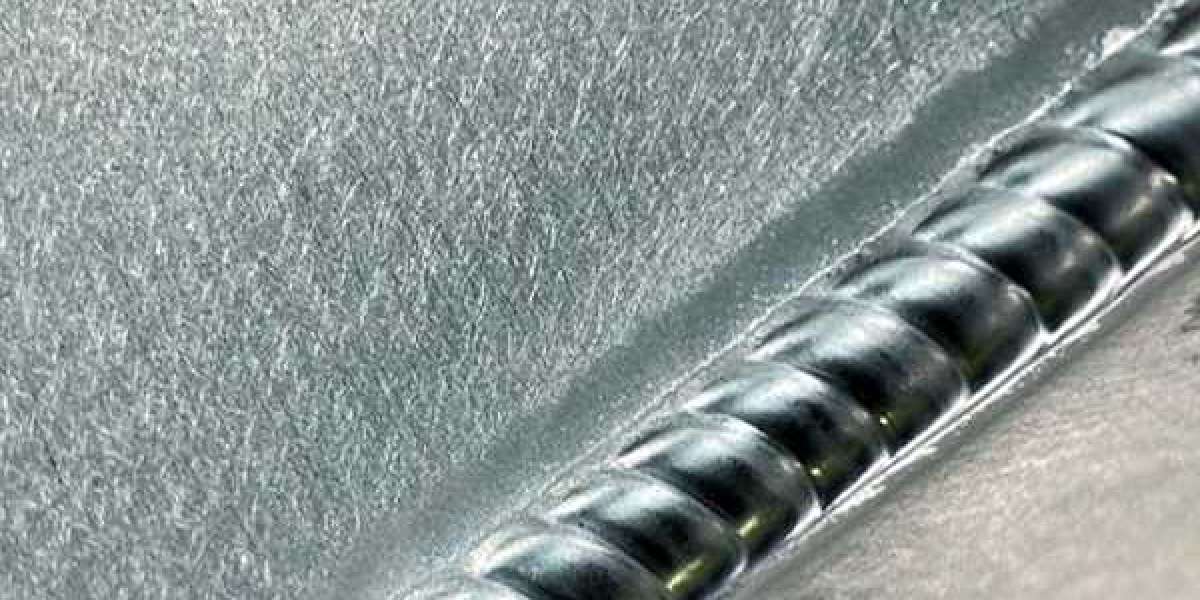Aluminum's lightweight nature and corrosion resistance make it a popular choice in aerospace, automotive, and electronics industries. However, welding aluminum presents unique challenges that demand specialized techniques and careful execution. This blog post briefly explores these challenges and some common solutions.
The primary difficulties in aluminum welding stem from its high thermal conductivity and susceptibility to oxidation. Its high conductivity means heat dissipates rapidly, making it difficult to maintain a stable weld pool and increasing the risk of defects like burn-through and incomplete fusion. Furthermore, aluminum readily oxidizes at high temperatures, forming a layer of aluminum oxide with a much higher melting point. This oxide film hinders melting and fusion, leading to poor weld quality.
To overcome these obstacles, appropriate welding methods and parameters are crucial. Common aluminum welding processes include Gas Metal Arc Welding (GMAW or MIG welding), Gas Tungsten Arc Welding (GTAW or TIG welding), and laser welding. TIG welding is often preferred for applications requiring high-quality welds due to its precise control and superior weld characteristics.
Several techniques can further improve weld quality. Pre-cleaning the aluminum surface to remove the oxide layer is essential, often involving wire brushing and chemical cleaning agents. Careful selection of welding parameters – current, voltage, and travel speed – is critical for controlling the weld pool and preventing defects. Using the correct filler material and shielding gas is also paramount. Argon is a commonly used shielding gas to prevent oxidation.
In conclusion, successful aluminum welding requires skill and precision. Mastering the right techniques and processes ensures high-quality welds that meet the demands of diverse applications. Continuous learning and practice are key to becoming proficient in aluminum welding.
Reference:









